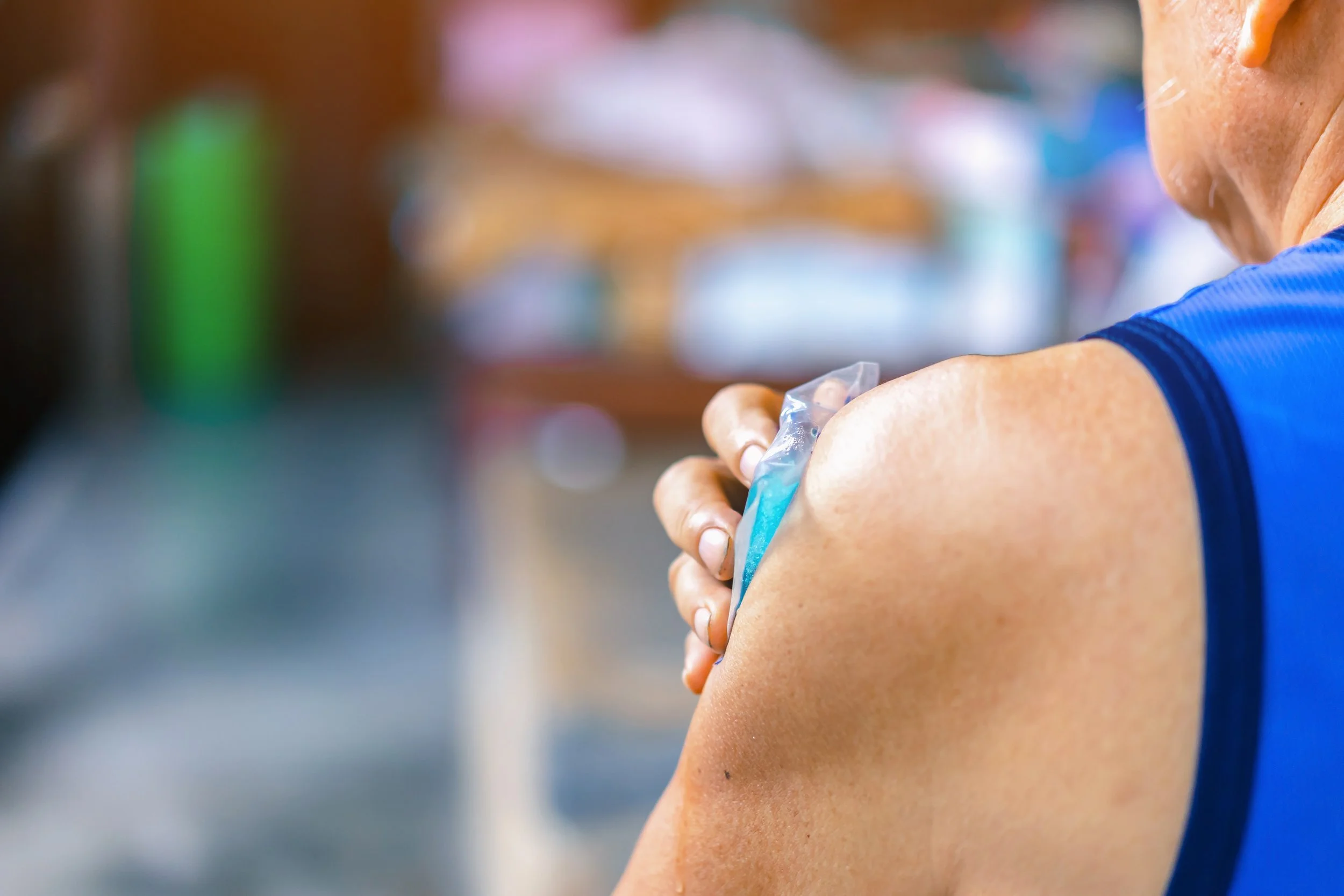What Not to Use on a Sunburn
We all know that we shouldn’t get a sunburn but it seems inevitable that at least once a season I’ll end up with a burnt neck or shoulders. Even though the burn may be painful and unsightly, they aren’t usually dangerous. Whether you forgot to reapply your spf or just didn’t use one strong enough, here are some tips of what not to use on a sunburn.
Don’t Apply Ice
Ice may sound like an amazing idea to cool things down and give you some relief but it might actually cause more damage. Ice could potentially burn the already compromised skin making it hurt even more. Instead, use cool compresses. We recommend using a washcloth soaked in cool water to draw the heat out. Place the cool cloth on the burned areas, re-soaking it as it warms up.
Avoid Alcohol
Don’t self-medicate with alcohol for the pain as it’s severely dehydrating. When skin gets burned, capillaries dilate and draw more fluid to the surface in order to deliver immune cells to the damaged area and away from other areas. Adding alcohol to the mix makes overall dehydration worse. Drink plenty of water, especially in the early stages of a burn. For pain relief and to reduce inflammation, take acetaminophen or ibuprofen.
Don’t Use Oils
Applying oils or oil-based moisturizers to the skin with a burn will actually lock in the heat prolonging the burning sensation. Some oils, like Vitamin E, claim to speed up wound healing and moisturize skin. We don’t recommend this when the skin still has heat to it. Instead, try water-based moisturizers with aloe vera, soy, a low dose of hydrocortisone, or colloidal oatmeal to get some relief.
Don’t Pop Blisters or Pick Skin
If you have blisters because of your sunburn, you have a second degree burn. Blisters form to protect and heal the underlying skin below. Popping them exposes skin to pathogens which may cause infection to this brand new baby skin. Same thing goes for picking the skin off. It might feel incredibly gratifying to peel it but you’re opening yourself up to potential infection. No amount of moisturizer will stop the skin from peeling once burned, so let it do its thing naturally.
Don’t Use Aggressive/Active Products
Having a sunburn is not the time to use coarse textured exfoliators, tretinoin/retinols, acids, or even Vitamin C (serums usually have a lower pH). These ingredients can cause more undo inflammation and damage, prolonging your healing. Products with fragrance should also be avoided. Let the skin exfoliate at its own pace. Instead, try spraying the area with Avene Thermal Spring water to draw out of the heat and reduce inflammation followed by a water-based moisturizer such as Avene Cicalfate.
The best way to treat a sunburn is by not getting one in the first place. UPF rated clothing and sunscreen are your best forms of protection but if one happens, be gentle with the skin. The biggest take away is to reduce the inflammation and use gentle, water-based products while it heals and not picking.
Bibliography
“First Aid for Sunburn.” Mayo Clinic, 21 May 2022, www.mayoclinic.org/first-aid/first-aid-sunburn/basics/art-20056643.
MD Anderson Cancer Center, and Kellie Bramlet Blackburn. “What Happens When You Get a Sunburn.” MD Anderson Cancer Center, 10 May 2019, www.mdanderson.org/publications/focused-on-health/What-happens-to-your-skin-when-you-get-a-sunburn.h24Z1591413.html.
Rittié, Laure, and Gary J Fisher. “Natural and Sun-Induced Aging of Human Skin.” Cold Spring Harbor Perspectives in Medicine, 5 Jan. 2015, www.ncbi.nlm.nih.gov/pmc/articles/PMC4292080/.
“Sun Exposure - Sunburn.” Centers for Disease Control and Prevention, 31 May 2018, www.cdc.gov/niosh/topics/sunexposure/sunburn.html.
“Sunburn.” The Skin Cancer Foundation, 28 Jan. 2022, www.skincancer.org/risk-factors/sunburn/.


